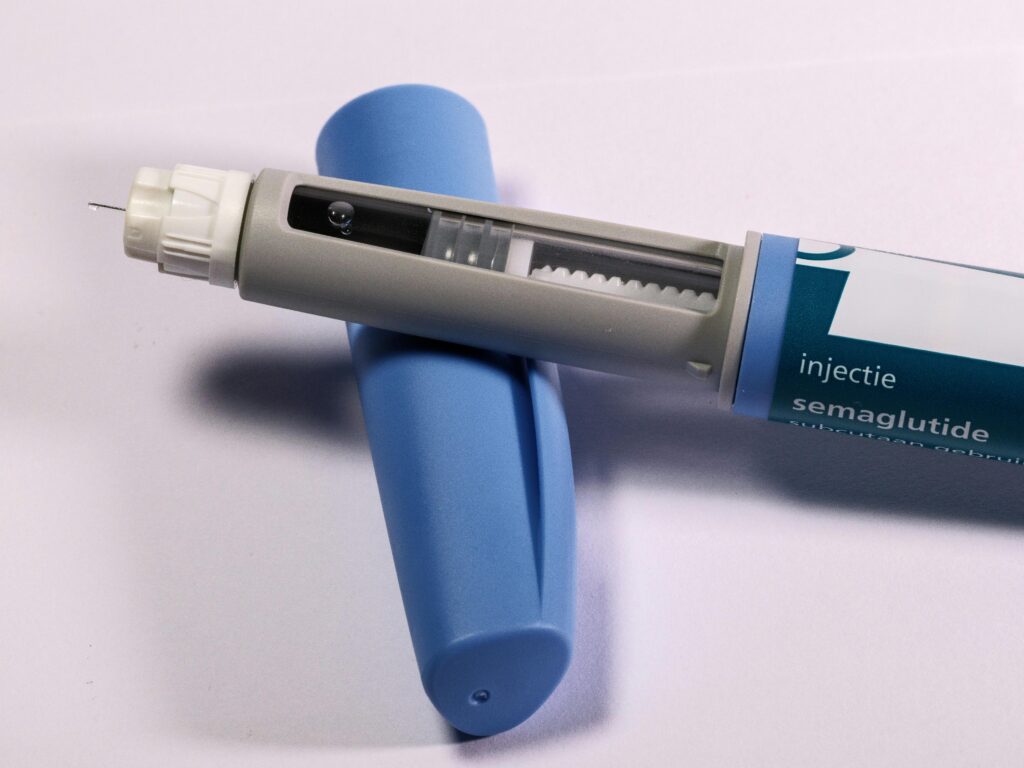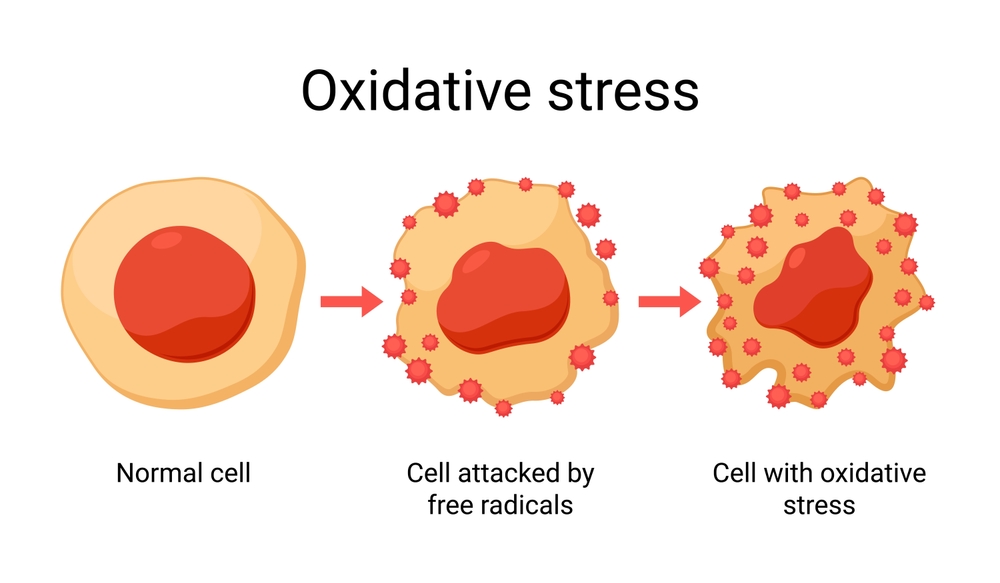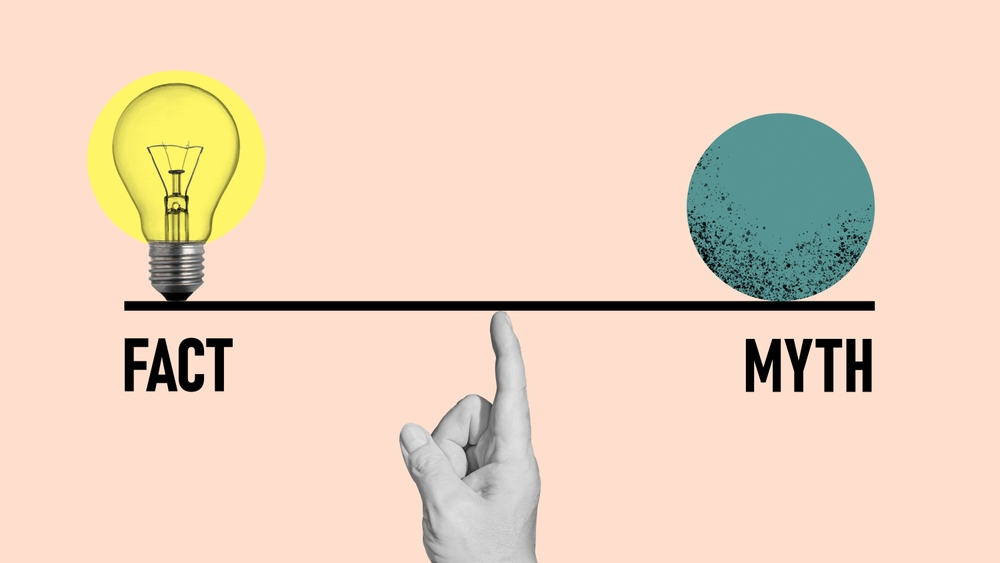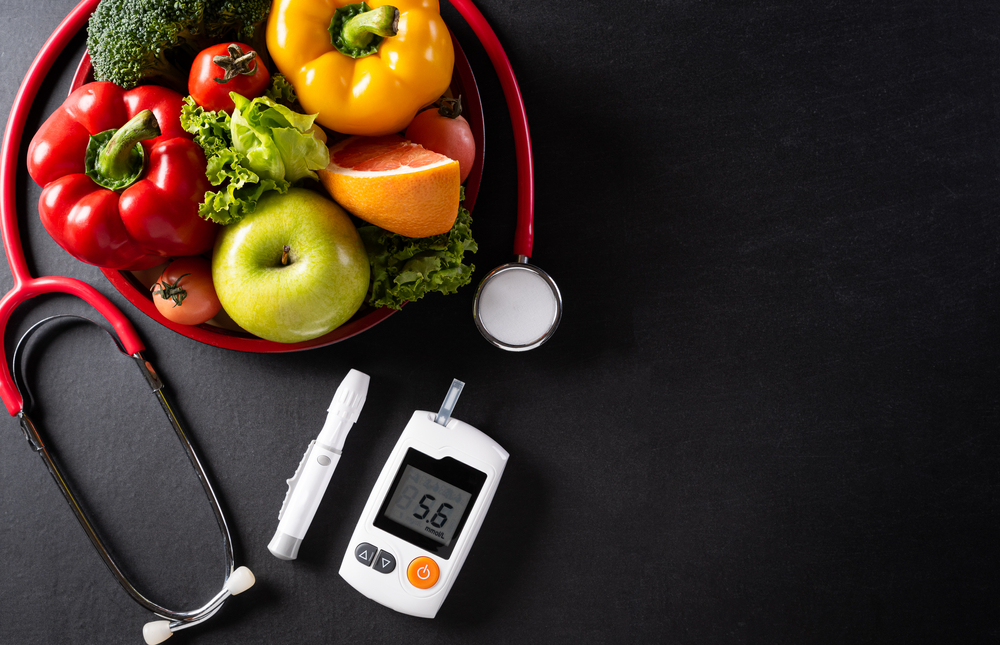You’ve probably heard the buzz around Ozempic, Wegovy, and other weight-loss and diabetes medications, but what’s really behind their success? The answer lies in GLP-1.
Glucagon-like peptide-1 (GLP-1) is a crucial hormone in regulating blood sugar, appetite, and weight. It is at the center of a new wave of pharmacological and lifestyle interventions for conditions ranging from diabetes to obesity. This aricle provides an overview of the science behind GLP-1 drugs and credible, research-backed strategies for helping boost GLP-1 naturally.
What Is GLP-1?

After you eat, your gut releases GLP-1, an incretin hormone, that supports digestion and metabolism. It stimulates insulin secretion, inhibits glucagon release, slows gastric emptying, and promotes satiety. Collectively, these effects help regulate blood sugar and contribute to weight control.
- Primary sources: Small intestine L-cells after food intake
- Key functions: Enhances insulin secretion, decreases appetite, and delays gastric emptying
- Role in disease: A lack of GLP-1 activity plays a key role in the development of type 2 diabetes and obesity.
Types of GLP-1 Drugs (Receptor Agonists)

Medications like semaglutide (Ozempic, Wegovy), liraglutide (Victoza, Saxenda), and dulaglutide (Trulicity) are GLP-1 receptor agonists (GLP-1RAs). They mimic natural GLP-1’s effects, leading to improved glycemic control and appetite suppression. Another class, dual agonists like tirzepatide, also target GIP (glucose-dependent insulinotropic polypeptide) receptors for added benefit.
These medications offer a wide range of benefits, particularly for people with diabetes and obesity.
1. Improved Blood Sugar Control

Multiple clinical trials and human studies support GLP-1’s role in enhancing glycemic control:
- Evidence shows GLP-1 stimulates insulin secretion, suppresses glucagon, delays gastric emptying, and improves insulin sensitivity.
- A six-week study in type 2 diabetes patients receiving continuous GLP-1 infusion reported significant reductions in fasting and post-meal glucose, blood sugar levels, and free fatty acids, alongside improved insulin sensitivity and beta-cell function.
- In type 1 diabetes, GLP-1 administration before meals reduced postprandial glucose spikes and glucagon levels, without increasing hypoglycemia risk.
- The PIONEER trials found oral semaglutide significantly reduced blood sugar levels and improved beta-cell function in type 2 diabetes patients.
Together, these studies highlight the diverse ways in which GLP-1 supports blood sugar regulation.
2. Weight Loss and Appetite Reduction

GLP-1 drugs (receptor agonists) support sustainable weight loss by acting on both the brain and digestive system:
- Functional MRI research shows GLP-1 drugs can reduce activity in brain areas associated with food cravings and reward, such as the insula and orbitofrontal cortex.
- Clinical studies indicate delayed gastric emptying and increased satiety with agents like liraglutide, contributing to reduced food intake.
- GLP-1 therapy has been shown to alter food preferences, lowering cravings for high-fat, high-sugar foods and encouraging healthier choices.
- A meta-analysis of 47 randomized controlled trials with over 23,000 participants found that GLP-1 drugs reduced body weight by an average of 4.57 kg, with greater effects in those with higher BMI and longer treatment durations.
These findings establish GLP-1 receptor agonists as a key regulator of appetite, food intake, and body weight.
3. Reduced Risk of Cardiovascular Events

Cardiovascular protection is a growing area of interest in GLP-1 drug therapy:
- A 2021 randomized controlled trial showed liraglutide reduced major cardiovascular events, including heart attack, stroke, and cardiovascular death, by 13% in high-risk patients with type 2 diabetes.
- Semaglutide was associated with a 26% reduction in major cardiovascular events in a similar population.
- In a broader cohort, dulaglutide reduced cardiovascular events by 12%, even in patients without established cardiovascular disease.
These outcomes position GLP-1 drugs as valuable tools in cardiometabolic risk reduction.
4. Enhanced Insulin Sensitivity

GLP-1 drugs can improve insulin sensitivity through multiple mechanisms:
- In healthy individuals, GLP-1 was shown to increase glucose disposal independently of insulin, suggesting improved glucose effectiveness.
- Another study found tEverything You Need to Know About GLP-1 Drugs and Natural Ways to Increase Levels Naturally
This highlights GLP-1’s dual ability to support insulin secretion and improve tissue sensitivity to insulin.
5. Reduced Inflammation and Oxidative Stress

GLP-1 drugs also demonstrate anti-inflammatory and antioxidant benefits:
- Clinical reviews show that GLP-1 receptor agonists (GLP-1RAs) reduce pro-inflammatory cytokines and oxidative stress markers, potentially lowering the risk of complications linked to chronic inflammation.
- One study found liraglutide lowered levels of pro-inflammatory cytokines and oxidative stress under high glucose conditions.
- GLP-1RA treatment improved mitochondrial function and redox balance in type 2 diabetes patients, reducing endothelial inflammation and possibly slowing atherosclerosis progression.
These findings suggest that GLP-1’s benefits extend beyond blood sugar control, supporting vascular and cellular health.
Risks and Side Effects

- Common Side Effects: Nausea, vomiting, diarrhea, constipation, and loss of appetite.
- Rare Serious Risks:
- Possible pancreatitis
- Thyroid Cancer
- Kidney injury
- Who Should Avoid: Patients with a history of thyroid issues, certain pancreatic or renal diseases, or allergy to components.
- Monitoring: Regular checks on renal and pancreatic function are advised for those on these medications.
Natural Dietary Ways to Increase GLP-1 Levels

Scientific research shows that you can help increase your body’s natural GLP-1 production through dietary and lifestyle choices.
- Eat fiber-rich foods: Beans, vegetables, nuts, and seeds help boost GLP-1 by promoting the production of short-chain fatty acids in your gut.
- Include healthy fats: Monounsaturated fats, found in olive oil, avocados, and nuts can increase GLP-1 levels more effectively than saturated fats.
- Choose lean protein: Foods like fish, eggs, and soy are good sources of protein that help trigger GLP-1 release.
- Combine foods strategically: Pairing healthy fats with carbohydrates, like olive oil with bread or avocado with a bagel, can boost GLP-1 more than eating carbs alone.
- Pay attention to meal order: Studies show that eating protein and fiber before carbohydrates may lead to a stronger GLP-1 response. Eating larger meals earlier in the day can also help your blood sugar, as GLP-1 stimulation is more potent in the morning.
Lifestyle Factors

- Exercise: Long sustained exercise sessions have been shown to greatly stimulate GLP-1 production; however, shorter, less intense sessions still stimulated a response in GLP-1 levels.
- Sleep & Stress: Adequate sleep and stress management may indirectly support healthy incretin function, although direct studies on GLP-1 are limited.
Supplementation and Other Strategies

Probiotics/Prebiotics: Research has shown that probiotics and prebiotics promote a healthy gut microbiome, which may help stimulate GLP-1 secretion. This effect is believed to occur through the production of short-chain fatty acids (SCFAs) by beneficial gut bacteria. However, most of the evidence comes from animal studies or small human trials, and the impact on GLP-1 levels appears to be modest and variable. These approaches may support gut and metabolic health but should not be considered replacements for GLP-1 medications.
Supplements that may exert an effect: Some small or early studies suggest that curcumin, yerba mate, and wild bitter gourd may help reduce blood sugar levels and potentially influence GLP-1 or related metabolic pathways. However, these findings are preliminary, and the effects are not comparable in strength or consistency to those of GLP-1 receptor agonist drugs. More research is needed before these supplements can be recommended for this purpose.
GLP-1 Myths vs. Facts

- Myth: GLP-1 drugs work magic without diet or exercise.
- Fact: While highly effective, long-term weight maintenance and metabolic improvements are best achieved with combined drug and lifestyle interventions.
- Myth: All fats decrease GLP-1.
- Fact: Monounsaturated fats increase GLP-1 secretion, while saturated fats are less effective.
- Myth: Natural methods are equally effective as medication.
- Fact: Natural strategies can support healthy GLP-1 dynamics but are less potent than pharmaceutical agents.
Practical Tips for Optimizing GLP-1 Levels

- Consultation: Talk to your healthcare provider to explore if GLP-1 agonists are appropriate for you, especially if you have type 2 diabetes or obesity.
- Diet and Lifestyle: Focus on diets rich in fiber, healthy fats, and protein, prioritize regular movement, and manage stress.
- Awareness: Monitor for side effects and keep all medical appointments for ongoing evaluation of benefits and risks.
Final Thoughts

GLP-1 is reshaping how we approach diabetes and weight management, offering powerful benefits with a solid safety track record. While GLP-1 drugs like Ozempic and Wegovy can be highly effective, natural lifestyle strategies remain essential for long-term metabolic health.
Focusing on whole foods, regular movement, quality sleep, and stress reduction can help support your body’s own GLP-1 production. Whether you’re considering medication or looking to enhance your health naturally, the best path forward is one that’s informed by science, guided by your individual health needs, and supported by expert medical advice.
Disclaimer: This information is not intended to be a substitute for professional medical advice, diagnosis or treatment and is for information only. Always seek the advice of your physician or another qualified health provider with any questions about your medical condition and/or current medication. Do not disregard professional medical advice or delay seeking advice or treatment because of something you have read here.
Read More: Ozempic for Weight Loss and Diabetes: How It Works, and What Can Go Wrong

